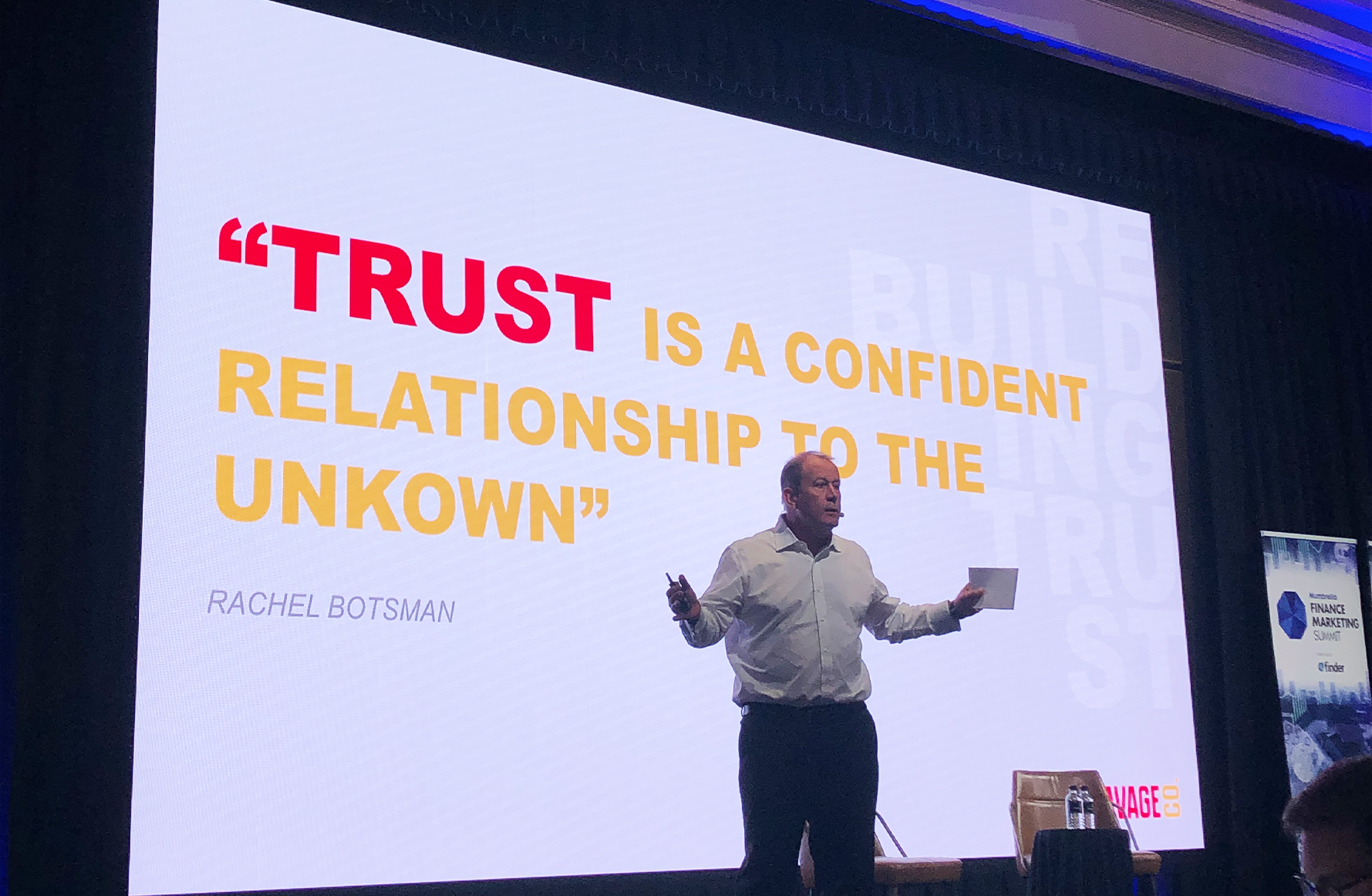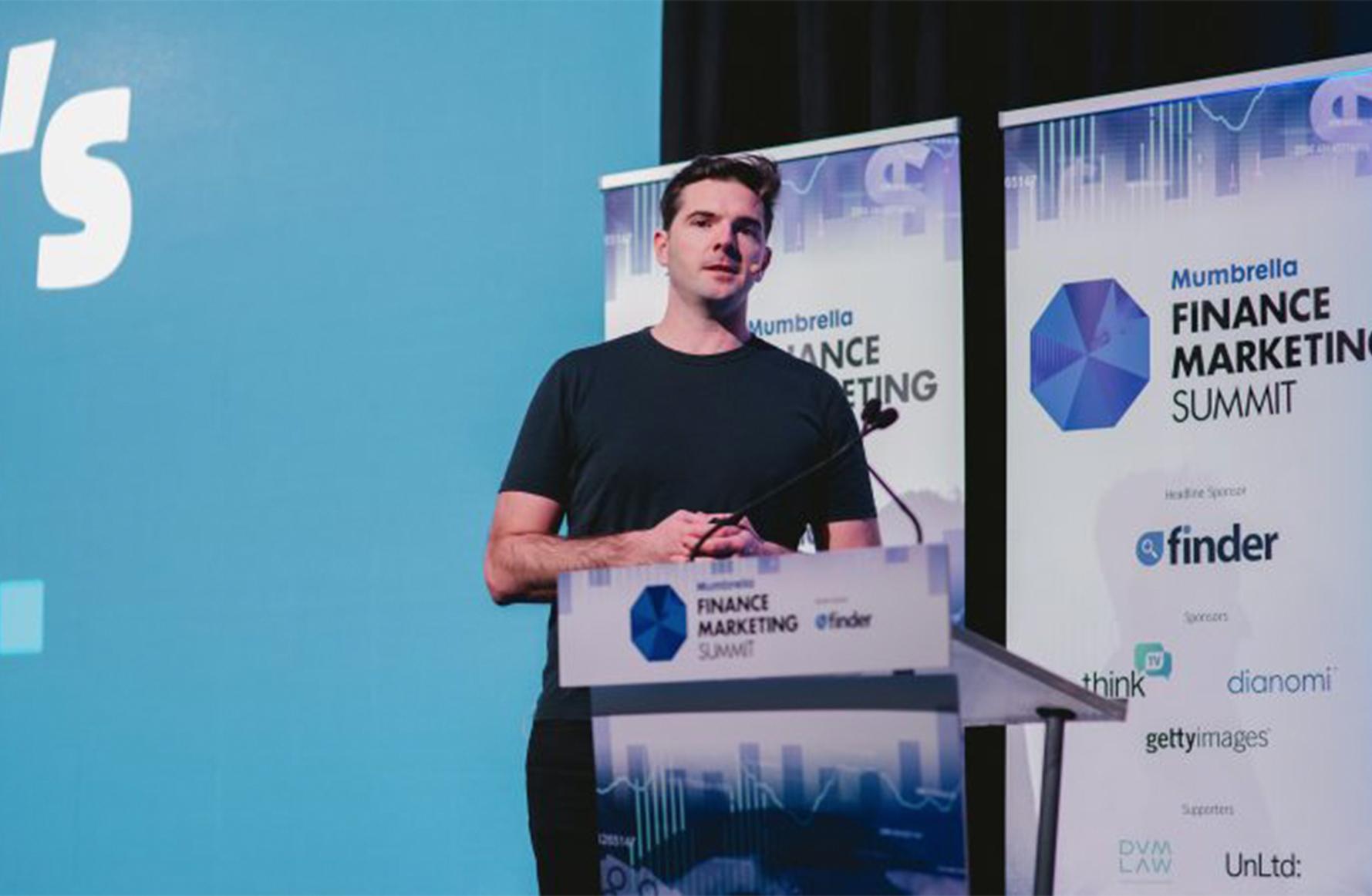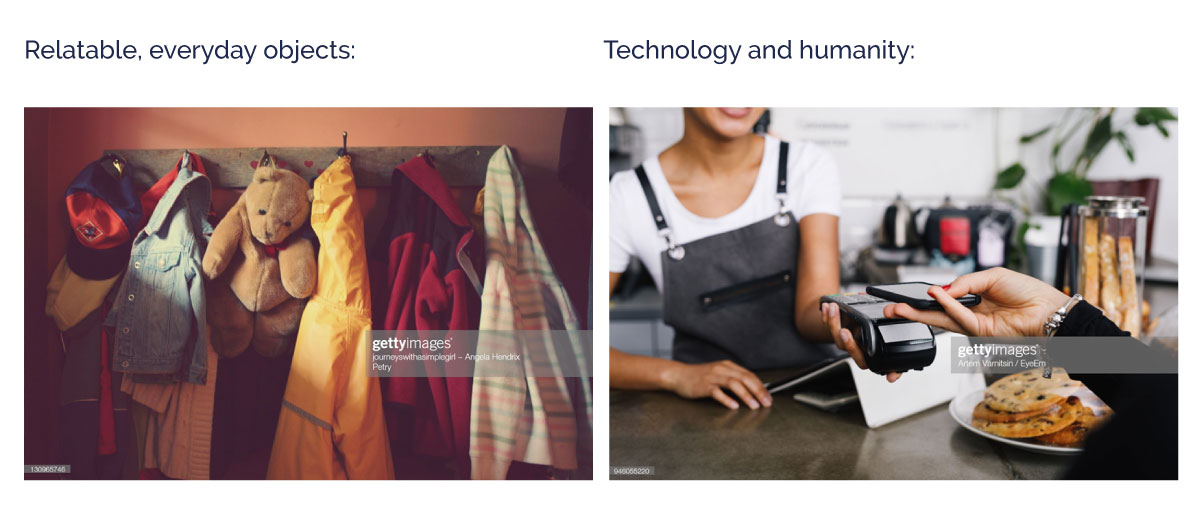The 2019 edition of the Mumbrella Finance Marketing Summit was held last month and for the fourth year, the Yell team presented the results of our State of Finance Marketing Survey.
If you’re one of the unlucky marketers who couldn’t make this informative and insightful day, we’ve recapped some of the highlights below. And if you’re interested in the key insights of our Marketing Survey, the full survey results are available to download via our e-book.
The summit is always a rich vein of ideas and insights. Every year we leave feeling inspired, and this year was no different, so we thought we’d share some highlights for those unable to attend.
About the event
The Finance Marketing Summit is an annual event that focuses on the latest trends, strategies and issues for marketers in the financial services industry.
Speakers came from across the industry, including IAG, Budget Direct, Bankwest, Finder, ANZ, Facebook. As you can imagine, conversations about trust abounded, but there were plenty of other gems too.
Trust is about making promises – and keeping them
In a post-royal commission world, it’s no surprise the industry recognised it has its work cut out to rebuild trust.
What’s clear from the last 18 months is that many organisations talk about customer centricity and aligning with customers’ values, but most fall short in the ‘profitability vs customer values’ tug of war.
The notion of trust was explored by Chris Savage, one of Asia Pacific’s pre-eminent public relations, marketing and communications industry leaders. He gave a lively and animated address centred on the notions of trust and crisis management.

He cited Rachel Botsman on trust quoting “trust is a confident relationship with the unknown” and was ingeniously simple when suggesting the solution for brands aiming to keep trust – make suitable promises to your customers and keep those promises.
We were therefore excited to hear of one business taking a bold stance and addressing the issue with directly by delivering on a values-based customer promise.
Fiona Nixon, Head of Strategy from Bank Australia was particularly insightful detailing their approach to building trust by delivering on customer values. Their recent Clean Money campaign was highlighted as a manifestation of their business evolving to genuinely deliver on what their customers truly care about.
Through research, they discovered their customer’s valued things like renewable energy, acting on climate change and the humane treatment of refugees. So they boldly pivoted, promising not to lend to industries that create harm including fossil fuels, live animal exports, weapons, tobacco and gambling.
For a bank to restrict lending to large-scale industries is a big call, one that required an extraordinary level of internal measures and approval. The question was actually raised in the post Q&A session – how on earth did you get approval for this internally? And the answer was simply, that they placed the customer at the absolute centre of their actions.
Luckily the message resonated, driving record customer growth, above industry standard click through rates and strong content engagement. It’s a powerful shift to genuinely deliver on a clear set of customer values, and deserves a big tick in our opinion for being brave, bold and for walking the walk.
Your values don’t mean anything, unless you live them
It’s your behaviour that counts, which was the message made by James Goodwin CMO of WISR, an up and coming Fintech focused on better lending outcomes for customers.

“Integrity. Communication. Respect. Excellence. These are good values,” he said.
“I think lots of financial brands may have these values. You might put them in your marketing messages, your collateral. You might even put them up on your wall. Well, these were the values that were on the wall of Enron, who oversaw one of the largest corporate embezzlements in American corporate history.”
His message was clear actions not words will resonate. Claiming values is easy, actually living those values is much harder. It’s what you do that counts.
Using images to communicate authentically
A topic that we’ve discussed before is the reliance within financial services of clichéd images of prosperous white men – we’ve spotted ‘persona man’ so many times over the last few years that we’ve stopped counting.
And this has been noted by the Australian public, too. According to research conducted by Getty Images and presented at the Summit, 49% of Australians believe that the Australia’s diversity is not accurately represented in advertising and 76% believe that brands need to do more to ensure that the images of Australian people in advertising are true.
At the summit, Getty delivered insights about the changing nature of images used within financial services marketing, and the increasing move towards more everyday and ‘authentic’ imagery as brands look to reflect Australia more honestly.
By analysing commonly used words in briefs to Getty, as well as descriptors for images that are downloaded and used, they uncovered four current image trends:
1. Individual togetherness
2. Realness and representation
3. Relatable, everyday objects
4. Technology and humanity


Authentic imagery like this is a great way to humanise complex products, or differentiate similar ones.
Finally, an interesting point was raised about image trends over the last 20 years. In the mid-2000s, imagery used in financial services campaigns became more authentic and diverse – similar to what we see today. However, when the GFC hit and consumers were looking for stability and reassurance, grey-haired men in suits reappeared as financial brands sought to rebuild trust and instil confidence. It will be interesting to see what plays out over the next few years.
As always, the Mumbrella Finance Summit was packed full of insights and well worth attending. If you have the opportunity to attend next year, we’d love to see you there.











